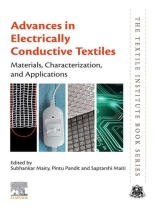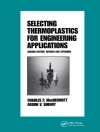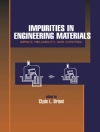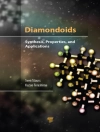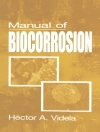Nonmetallic electroconductive textiles, unlike metals, offer flexibility, durability, moldability, and lightweight attributes. A brilliant quality of these textiles is the capability to alter conductivity through various external stimuli (e.g., strain, torsion, p H, humidity) to suit a specific application such as sensors, heating garments, EMI shielding, energy harvesting devices, and wearable electronics. Based on these concepts, Advances in Electrically Conductive Textiles: Materials, Characterization, and Applications has been structured into three main sections. Section I contains chapters discussing the various preparation methods of electroconductive textiles, Section II contains chapters on their characteristics and features, and Section III details the end-use applications and sustainability of these textiles. – Explores strategies and methods in the development of electroconductive textile composites- ?????Investigates features of nonmetallic conductive textiles prepared from graphene, conductive polymers, MXene, and carbon nanotubes- Examines the application of electroconductive textiles for heat generation, EMI shielding, sensors, antimicrobial, filtration, energy storage, energy harvesting, and smart textiles
Saptarshi Maiti & Subhankar Maity
Advances in Electrically Conductive Textiles [EPUB ebook]
Materials, Characterization, and Applications
Advances in Electrically Conductive Textiles [EPUB ebook]
Materials, Characterization, and Applications
购买此电子书可免费获赠一本!
语言 英语 ● 格式 EPUB ● ISBN 9780443220487 ● 编辑 Saptarshi Maiti & Subhankar Maity ● 出版者 Elsevier Science ● 发布时间 2024 ● 下载 3 时 ● 货币 EUR ● ID 10019107 ● 复制保护 Adobe DRM
需要具备DRM功能的电子书阅读器
